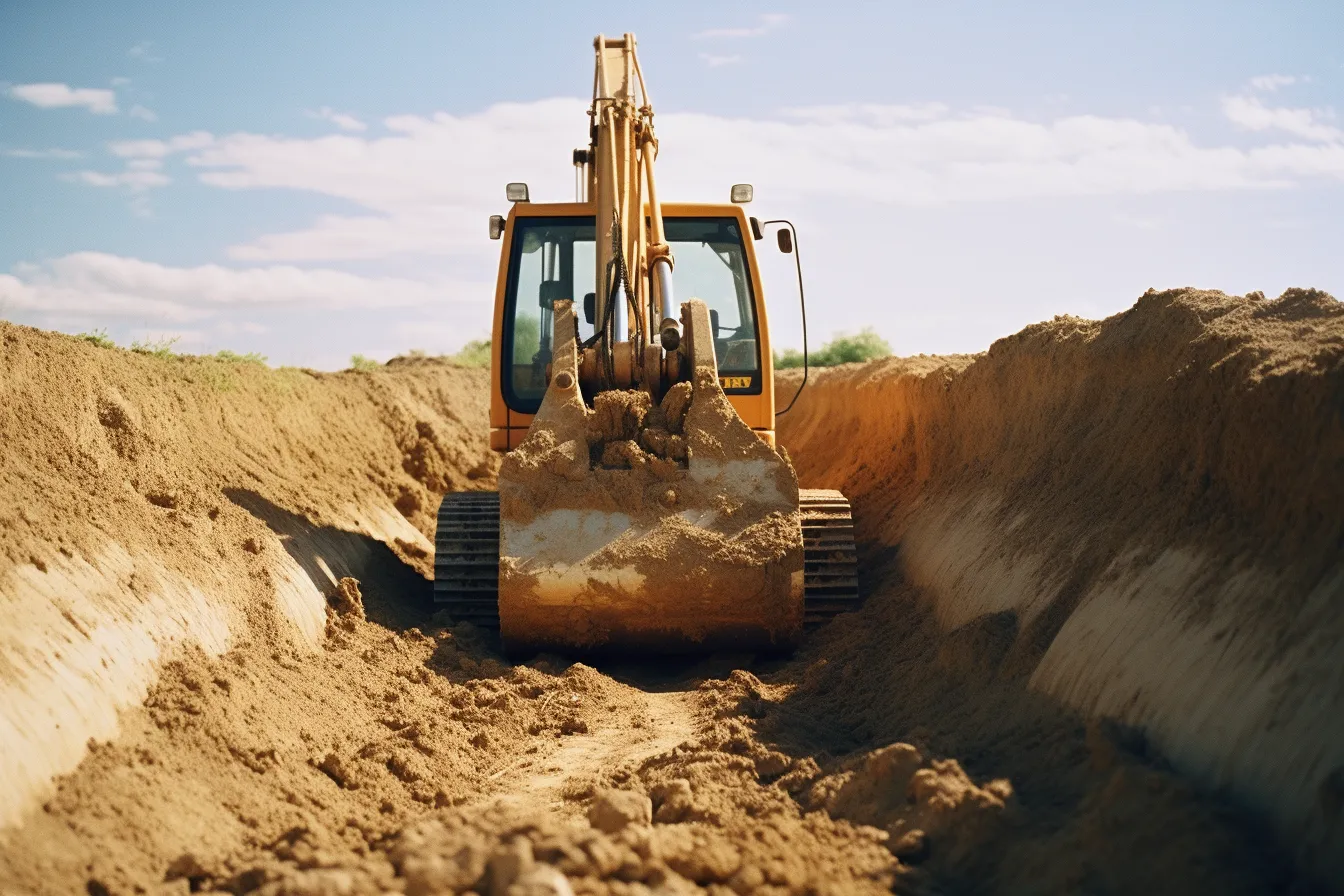Welcome to our handy guide on optimum equipment returns! Returning equipment can often be a daunting and time-consuming process, but fear not – we have compiled a step-by-step guide to ensure a smooth return process. Whether you are returning equipment due to an upgrade, a change in business needs, or any other reason, this guide will provide you with valuable tips and tricks to make the return process as hassle-free as possible.
Step 1: Assess the Return Policy
The first crucial step in the equipment return process is to thoroughly review the return policy of the provider. Every company has different return policies, and it is important to understand the terms and conditions before proceeding. Look for information regarding the time frame for returns, any restocking fees, required documentation, and packaging guidelines. These details will help you plan your return more effectively.
Step 2: Gather Required Documentation
Before initiating the return, make sure you have all the necessary documentation handy. This may include purchase receipts, warranty information, proof of ownership, and any other relevant paperwork. Having these documents prepared in advance will save you time and avoid any possible delays during the return process.
Step 3: Properly Package the Equipment
Proper packaging is vital to prevent damage during transit and ensure a smooth return process. Start by cleaning the equipment thoroughly and removing any personal or sensitive information. If possible, use the original packaging to ensure a snug fit. If the original packaging is not available, opt for sturdy and protective materials such as bubble wrap and packing peanuts. Securely seal the package and label it with the required shipping information.
Step 4: Ship with a Reliable Carrier
Choosing a reliable carrier is essential to ensure the safe delivery of your equipment. Research different carriers, compare their rates and services, and select the one that best suits your needs. Consider using a carrier that offers tracking capabilities, insurance options, and a proven track record of delivering packages securely. Retain the tracking number and other relevant shipment details for future reference.
Step 5: Communicate with the Provider
Open communication with the equipment provider can significantly expedite the return process. Reach out to their customer service team and inform them about your intention to return the equipment. Provide them with any requested information, such as tracking numbers or proof of purchase, to streamline the process. Clear communication ensures that both parties are on the same page and minimizes misunderstandings during the return process.
Step 6: Complete the Return Checklist
Many equipment providers offer a return checklist to facilitate the return process. Take the time to complete this checklist, ensuring that all requirements are met before shipping the equipment back. This may include removing any software or licenses installed, resetting the equipment to its factory settings, or including specific accessories or components. Following the checklist will help avoid unnecessary delays or complications.
Step 7: Track the Return
Once the equipment has been shipped, it is important to track its progress to ensure its safe arrival. Utilize the tracking number provided by the carrier to monitor the package’s journey. If any issues or delays arise, promptly reach out to the carrier or the equipment provider for assistance. Staying proactive in the tracking process will help identify and resolve any potential issues quickly.
In conclusion, returning equipment smoothly involves careful planning, adherence to the provider’s return policy, proper packaging, and effective communication. By following the steps outlined in this guide, you can streamline the return process and minimize any potential obstacles along the way. Don’t let the equipment return process become a frustrating experience; instead, use this guide to make it a seamless and stress-free task!
